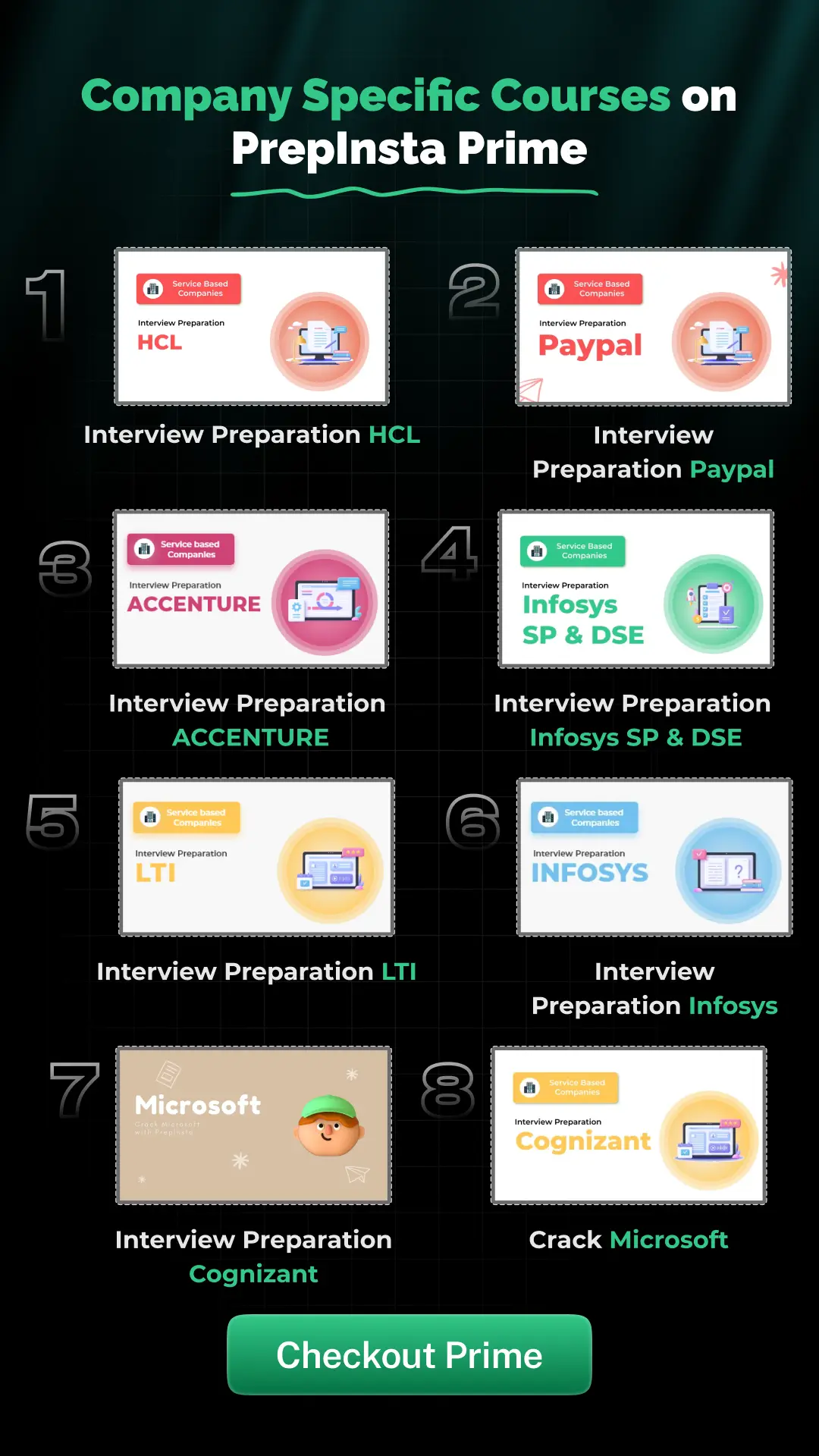
Time:
00:
00:
00The Renaissance, which means "rebirth" in French, typically refers to a period in European history from A.D. 1400 to A.D. 1600. Many historians, however, assert that it started earlier or ended later, depending on the country. It bridged the periods of the Middle Ages and modern history, and, depending on the country, overlaps with the Early Modern, Elizabethan and Restoration periods. The Renaissance is most closely associated with Italy, where it began in the 14th century, though countries such as Germany, England and France went through many of the same cultural changes and phenomena.
However, while the Renaissance brought about some positive changes for Europe, the geographical exploration that flourished during this time led to devastation for the people of the Western Hemisphere as European conquest and colonization brought plagues and slavery to the Indigenous people living there. In Africa, it also brought about the birth of the trans-Atlantic slave trade that saw Black people shipped from Africa to the Western Hemisphere to work as slaves on European colonies.
According to the City University of New York at Brooklyn, intense interest in and learning about classical antiquity was "reborn" after the Middle Ages, in which classical philosophy was largely ignored or forgotten. Renaissance thinkers considered the Middle Ages to have been a period of cultural decline. They sought to revitalize their culture through re-emphasizing classical texts and philosophies. They expanded and interpreted them, creating their own style of art, philosophy and scientific inquiry. Some major developments of the Renaissance include astronomy, humanist philosophy, the printing press, vernacular language in writing, painting and sculpture technique, world exploration and, in the late Renaissance, Shakespeare's works.
Many historians, including U.K.-based historian and writer Robert Wilde, prefer to think of the Renaissance as primarily an intellectual and cultural movement rather than a historical period. Interpreting the Renaissance as a time period, though convenient for historians, "masks the long roots of the Renaissance," Wilde told Live Science.
Question:
Out of the following statements which one stands true according to the passage?


 Apply For Jobs
Apply For Jobs Get Hiring Updates
Get Hiring Updates

















Login/Signup to comment